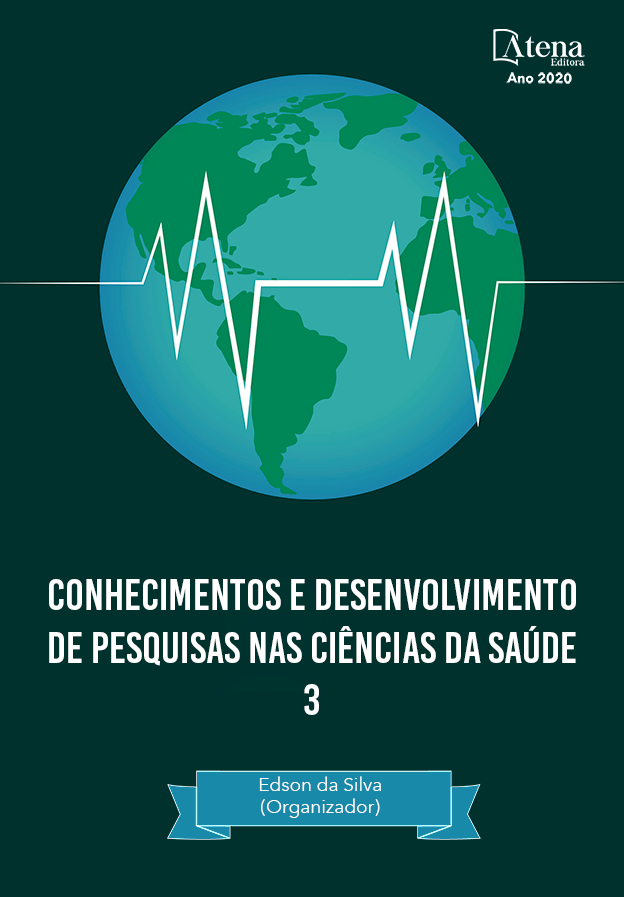
AVALIAÇÃO E INTERVENÇÃO VESTIBULAR EM CRIANÇAS
Para que haja um bom equilíbrio corporal, se faz necessário a ação conjunta dos sistemas visual, locomotor e vestibular bem como a integração de suas atividades com o sistema nervoso central (SNC). Crianças com habilidade de comunicação alterada, tonturas, desequilíbrios, distúrbios neurovegetativos, zumbido, desvios à marcha, síndromes de tronco encefálico e cerebelo, cinetose, mau rendimento escolar e atraso no desenvolvimento motor, pode estar apresentando disfunção vestibular, tornando-se extremamente importante a indicação de avaliação vestibular, uma vez que crianças com distúrbios vestibulares podem apresentar comprometimento cognitivo e isolamento social, o que pode influenciar direta e negativamente seu desenvolvimento. A avaliação vestibular pode ser realizada desde recém-nascido (RN) com o propósito de uma triagem vestibular, uma vez que pode identificar logo cedo, algum indicativo de alteração na função vestibular e consequentemente a realização de uma intervenção precoce. A literatura destaca o potencial evocado miogênico vestibular cervical (cVEMP) como teste para se avaliar a função vestibular em bebês, além do teste de impulso cefálico com vídeo (vHIT), a cadeira rotatória e a prova calórica, destacando a importância de correlacionar os testes à faixa etária da criança. Quando se faz um diagnóstico de vestibulopatias na infância, a reabilitação vestibular (RV) deve ser indicada como método de tratamento, visto que as medicações podem causar efeitos colaterais como sonolência e diminuição de atenção, que são altamente indesejáveis nesse período crítico da formação intelectual da vida. Com o objetivo de interação entre os sistemas visual, vestibular, proprioceptivo e cerebelar, a RV propõe restaurar o equilíbrio, com ênfase numa abordagem de equilíbrio global das crianças. Diante do exposto, podemos considerar que a avaliação vestibular, juntamente com a RV quando necessária, são altamente recomendáveis para crianças com vestibulopatias, o que poderá trazer um diagnóstico e consequentemente uma melhora global no seu desenvolvimento e qualidade de vida.
AVALIAÇÃO E INTERVENÇÃO VESTIBULAR EM CRIANÇAS
-
DOI: 10.22533/at.ed.79220171125
-
Palavras-chave: Doenças vestibulares, Vestibulopatia bilateral, Equilíbrio postural, crianças
-
Keywords: Vestibular Diseases, Bilateral Vestibulopathy, Postural balance, Children
-
Abstract:
For a good body balance, the joint action of the visual, locomotor and vestibular systems is necessary, as well as the integration of its activities with the central nervous system (CNS). Children with impaired communication skills, dizziness, imbalances, neurovegetative disorders, tinnitus, gait deviations, brainstem and cerebellum syndromes, motion sckness, poor school performance and delayed motor development, may be experiencing vestibular dysfunction, becoming extremely importante to indication for vestibular evaluation, since children with vestibular disorders may presente cognitive impairment and social isolation, which can directly and negatively influence their development. Vestibular assessment can be performed from a newborn (NB) for the purpose of vestibular screening, since it can identify early on, na indication of changes in vestibular function and consequently the performance of na early intervention. The literature highlights the cervical vestibular evoked myogenic potential (cVEMP) as a test to assess vestibular function in babies, in addition to the cephaic impulse test with vídeo (vHIT), the rotating chais and the caloric test, highlights the importance of correlating the tests to the child’s age group. When a diagnosis of vestibular disorders in childhood is made, vestibular rehabilitation (RV) should be indicated as a treatment method, since medications can cause side effects such as drowsiness and decreased attention, which are highly undesirable in this critical period of the child’s intelectual formation life. With the objective of interaction between the visual, vestibular, proprioceptive and cerebelar system, VR proposes to restore balance, with na emphasis on a global balance approach for children. In view of the above, we can consider that vestibular assessment, together with VR when necessary, are highly recommended for children with vestibular disorders, wich can bring a diagnosis and consequently an overall improvement in their development and quality of life.
-
Número de páginas: 15
- MÔNYKA FERREIRA BORGES ROCHA
- LUIS FILIPI SOUZA DE BRITTO COSTA
- DAYANNE PRISCILA RODRIGUES DE ALMEIDA
- VANESSA SILVA LAPA
- DANIELLE SAMARA BANDEIRA DUARTE
- MARINA MAYRA DE LIMA MOTA
- CARLOS FERNANDO DE BRITTO COSTA FILHO
- FERNANDA DAS CHAGAS ANGELO MENDES TENORIO
- Diana Babini Lapa de Albuquerque Britto


